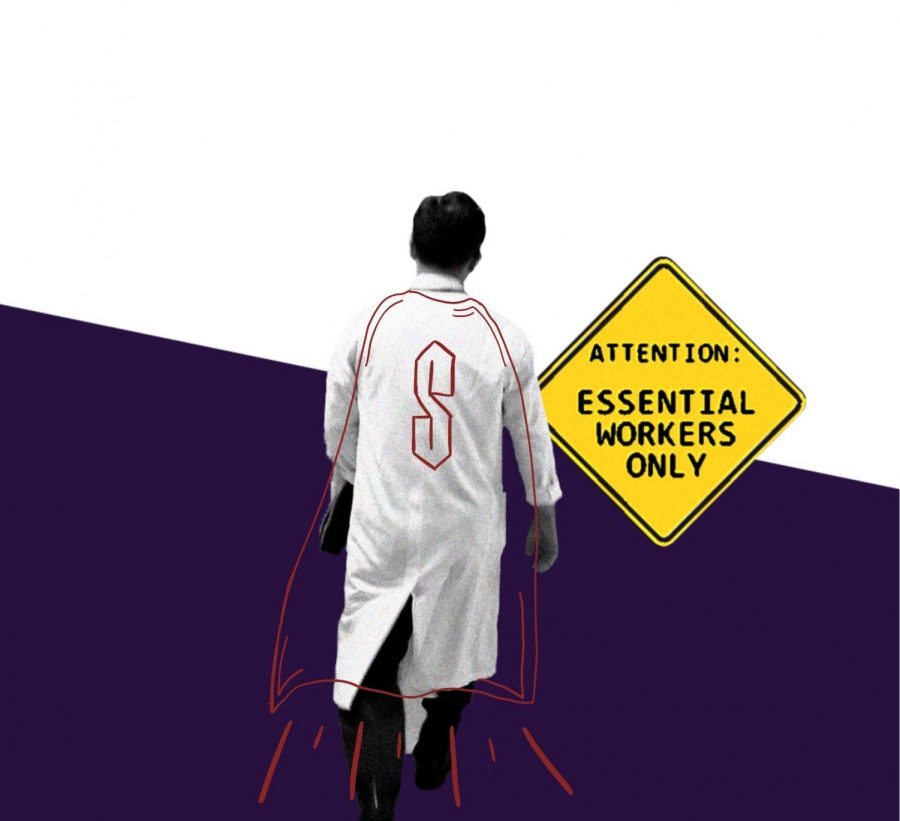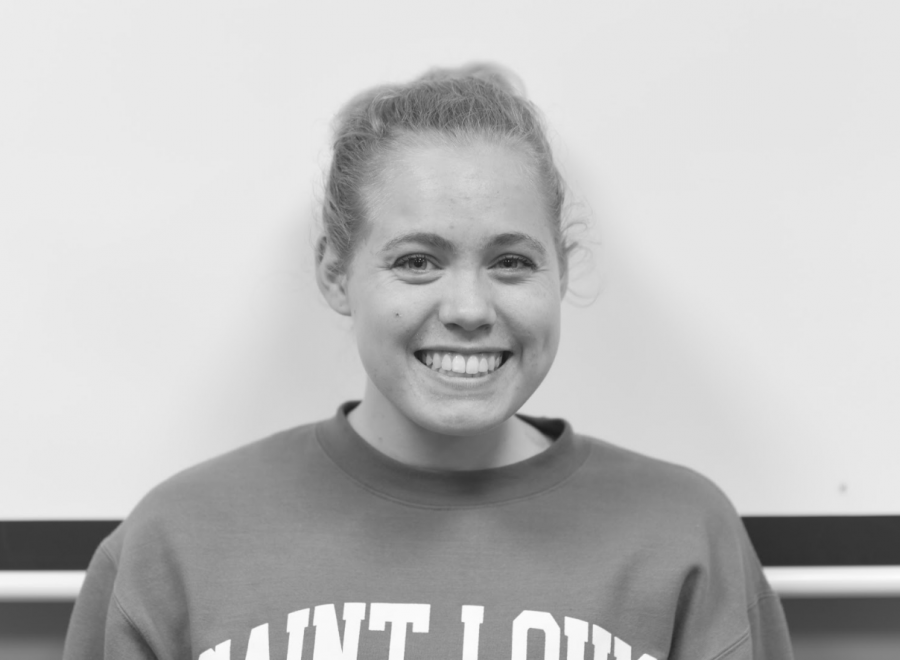Un-democratic power-up and power-down relationships, pervasive in social and political institutions in the United States and elsewhere, perpetuate cycles of oppression. Oppression manifests in structural and psychological forms of violence. Social, political and economic systems that privilege some at the expense of many typically “house” and propagate dominant and subordinate relationships; in these systems of privilege, some people and groups more readily procure resources, access, and opportunity than others.
Power-up and power-down relationships can dehumanize both the oppressed and the oppressor (Freire). The psychological impacts of oppression and de-humanization can manifest in various ways for the oppressors and the oppressed: ethnocentrism; self aggrandizement; both externalized and internalized hate; hopelessness; powerlessness; shame; and guilt. It is with these theoretical musings that I describe an event that occurred in one of my classes last semester.
We were studying literature written by authors from historically marginalized populations. One student inquiry group chose literature from a Native American perspective for their class presentation. After the presentation, I asked students to go on a field trip.
We walked to the north face of Fusz Hall, where large statues of Father DeSmet and two Native American men proudly dominate the foreground of the brick wall. I asked my class four questions that proved to be quite provocative:
1. What does this statue mean to you?
2. What does/might it mean to a person with Native American heritage?
3. How do you feel about this statue on SLU’s campus?
4. What could make it more culturally sensitive?
The level of critical awareness was impressive. After, I wanted to learn more about Father DeSmet, so I visited a Saint Louis University Web site where I read, “Known simply and affectionately as ‘Blackrobe’ by the Indians, DeSmet traveled more that 180,000 miles during his lifetime, bringing Catholic Christianity to literally thousands of Native Americans while at the same time learning a great deal from the spirituality of the Indians. The contact between the 19th century Catholic, Jesuit spirituality of DeSmet with the spirituality of the Native peoples of the American West was truly a sacred encounter.” (Available at: http://www.slu.edu/sluhistory/scene7.html).
I wonder if this statue accurately depicts the “sacred encounter” of DeSmet and Native American people?
I must confess. My questioning of the statue increases every time I walk past Fusz Hall. Maybe it’s the stereotypical portrayal of Native Americans with a full headdress on the “chief” and a single-feather for the “brave.”
Maybe it is their subordinate posture-on their knees in seeming supplication to the power of a foreign enlightenment. Maybe it is an awareness of cultural, linguistic and biological genocide committed against Native American people through religious, political, economic and educational institutions.
Maybe it is the burning irony I feel when I walk past this public statue and then into Saint Louis University classrooms where I try to promote diversity affirmative and egalitarian dispositions through my pedagogical and curriculum choices. “But it’s a representation of past realities,” some would say. “Then why is there not a plaque explaining the historical depiction from both missionary and Native American perspectives?” I would say.
Perhaps I am too sensitive. But I look into the future when my one-year-old son will walk on the campus of Saint Louis University.
How will he feel about the Native American part of his ancestry being depicted in such a way? How do you feel about this statue?
Edward J. Brantmeier, Ph. D., is an assistant professor in the College of Public Service.






